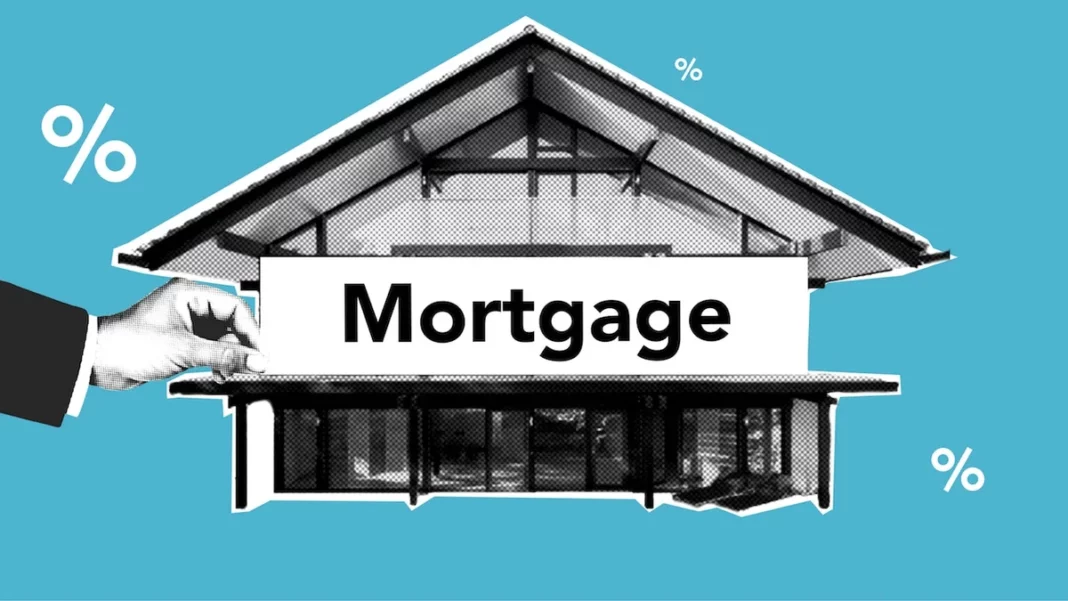A Loan against Property (LAP) is a secured loan offered by a financial institution against a residential or commercial property. It is a loan taken against the mortgage of the property. The borrower can use the money obtained for business expansion, medical emergency, debt consolidation, wedding, etc. LAP is a good option for those with a good credit score.
The process for obtaining a Loan Against Property is relatively straightforward. Here is a step-by-step guide to help you understand the process better:
● Fill out the Application Form
You should begin the LAP application process by carefully filling out the application form. Details about yourself, the loan amount, income, tax situation, property, employment, and other factors are required. Incorrect or misleading information may result in denying your LAP application, so please verify your work thoroughly. Please take your time and include as much correct information as possible while filling out the form.
● Confirm the Details
Once the form has been filled out, the next step is to verify the information. The lender will carefully evaluate the particulars you have supplied and then analyse your credit history, income, and other financial documents to ascertain your eligibility for the loan. Additionally, the lender will evaluate the market worth of your property as part of this process. Upon completion, you will be informed of the loan amount you are qualified for and the related interest rate.
● Submit Documents
All required paperwork must be submitted for a Loan against Property to be approved. When applying for a LAP, having on hand all the paperwork the lender necessitates is important. This may include evidence of income, KYC paperwork, bank statements, proof of address, proof of income tax returns, property documentation, etc. You must verify that all paperwork is up-to-date and that there are no pending lawsuits about the property. Furthermore, the documents required by the lender’s policy must also be submitted.
● Documents Verification
Lenders typically conduct a verification procedure to check the authenticity and accuracy of the papers submitted by the borrower. Moreover, the lender may seek out third-party reports or undertake background checks to verify the authenticity of the submitted materials further. The verification procedure facilitates the lender’s ability to make a well-informed lending choice and ensure the borrower is trustworthy.
● LAP Application Approval
After the end of the verification phase, the lender will contact the borrower. They will present you with an interest rate on a property loan and other terms and conditions that must be agreed upon for the loan to go through. Lender loan approval comes after the borrower signs the loan agreement acknowledging terms and conditions. The cash can be released within 15-30 days following a comprehensive verification procedure. To have the loan accepted promptly, all paperwork must be in order.
Things to take care of when applying for a Loan against Property
Here are some things to consider when applying for a Loan against Property:
- Eligibility: Understand your eligibility criteria and ensure you meet all the requirements set by the lender before applying.
- Credit Score: Your credit score will affect your loan approval and interest rate, so make sure it’s in good standing.
- Interest Rate: Compare the Loan against the Property interest rate offered by different lenders to ensure you get the best deal. A Loan against Property interest rate is usually higher than a Home Loan.
- Loan Tenure: Choose a loan tenure that best suits your financial needs and goals.
- Documentation: Ensure you have all the documents to submit with your loan application.
- Property Valuation: Get an independent property valuation to ensure you get the right loan amount.
- Repayment: Understand the repayment terms and conditions and ensure you can afford the repayment.
- Tax Benefits: Understand a loan’s tax benefits against property and ensure you take full advantage of it.
Conclusion
It might take a lot of work to fill out a Loan against Property application. Yet, with enough preparation and research, you can make the procedure quick and easy. When applying for a loan, familiarizing yourself with the eligibility requirements, interest rate, loan tenure, paperwork needed, and payback conditions is essential. Furthermore, know the ins and outs of any insurance policy you’re considering before signing up for coverage.


